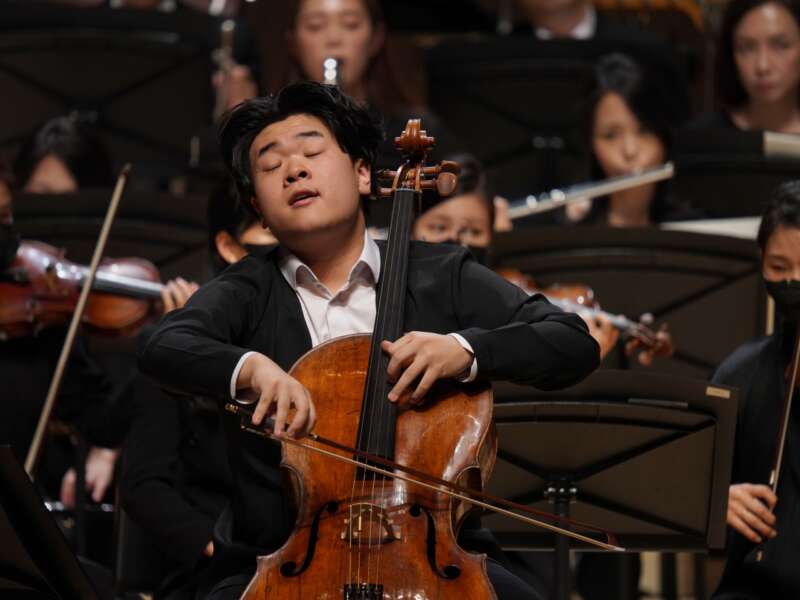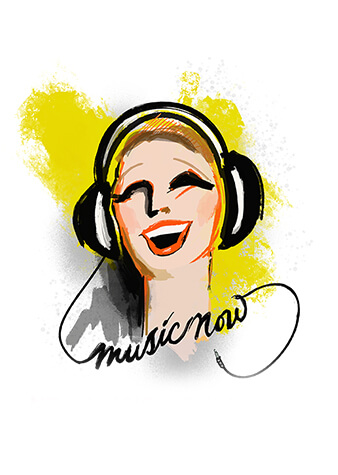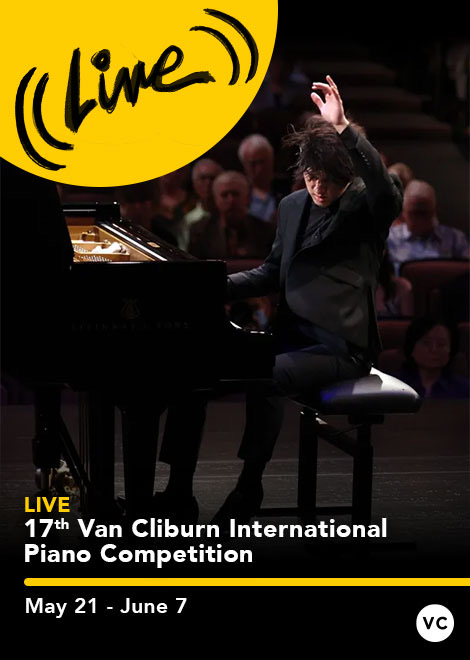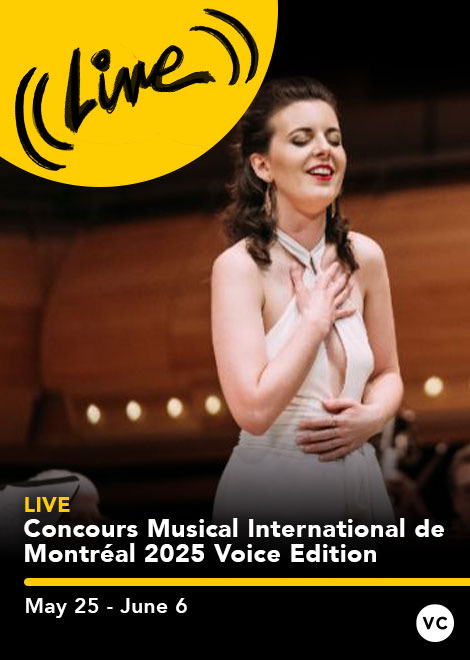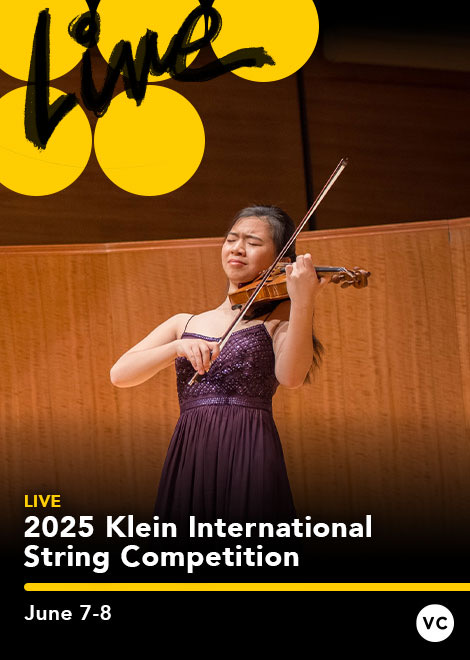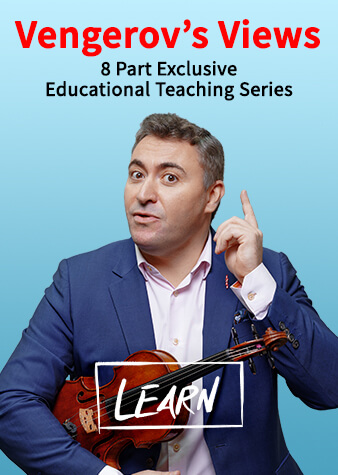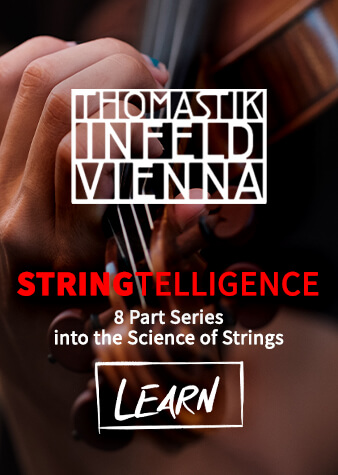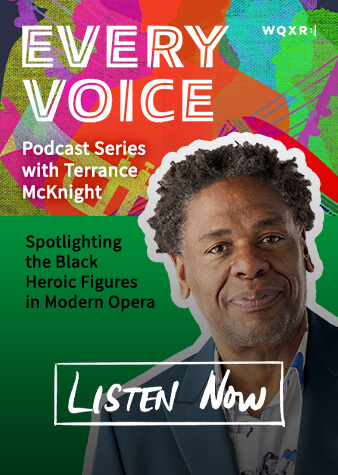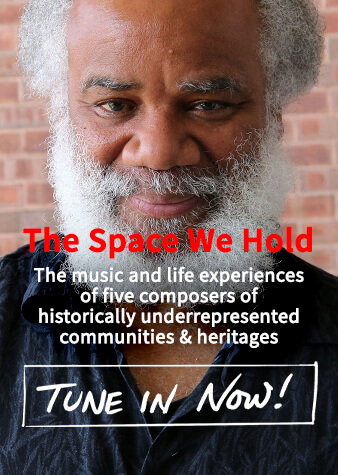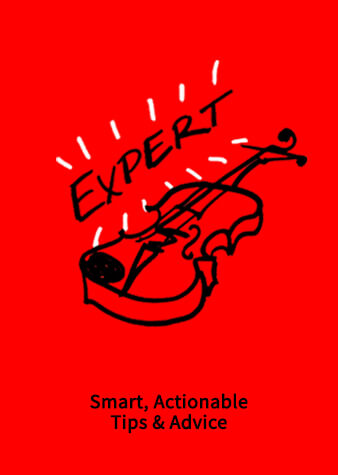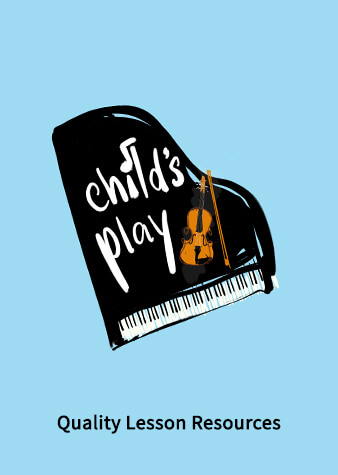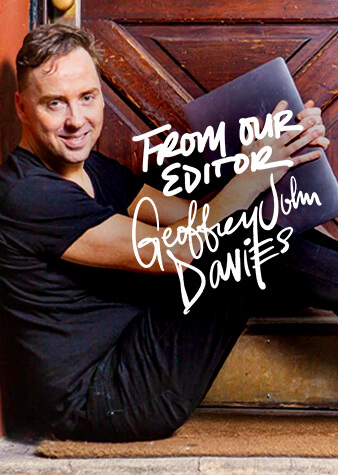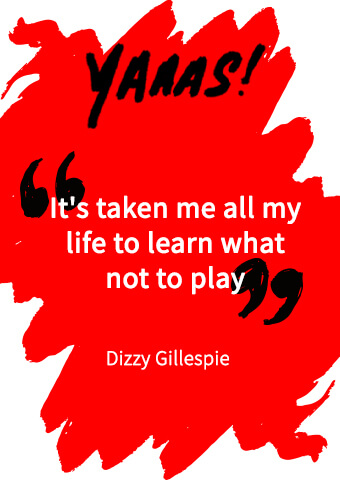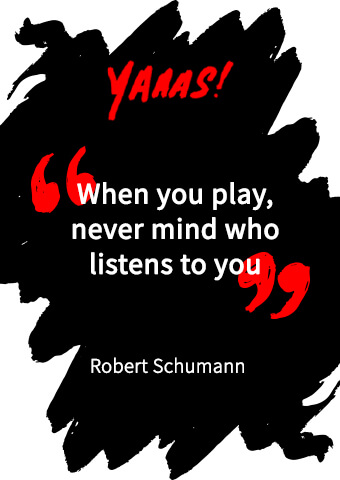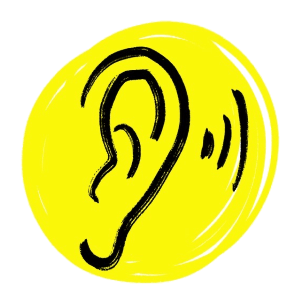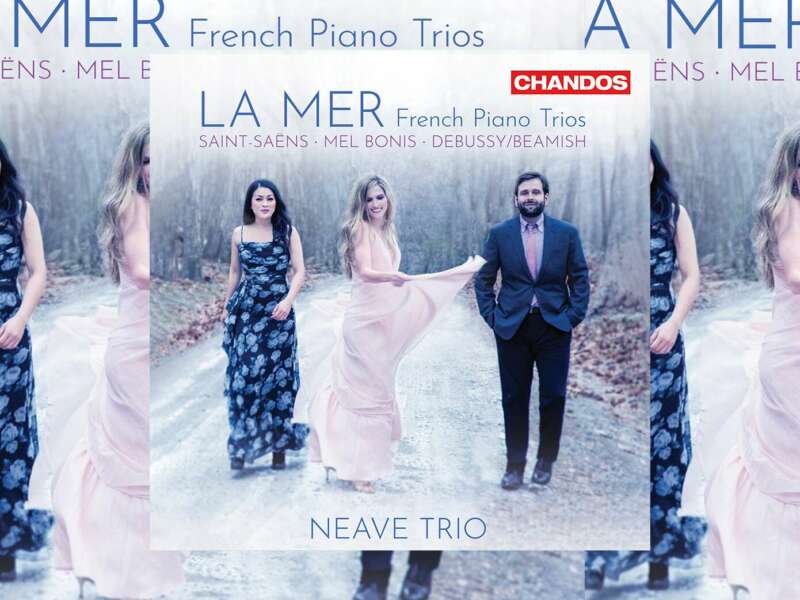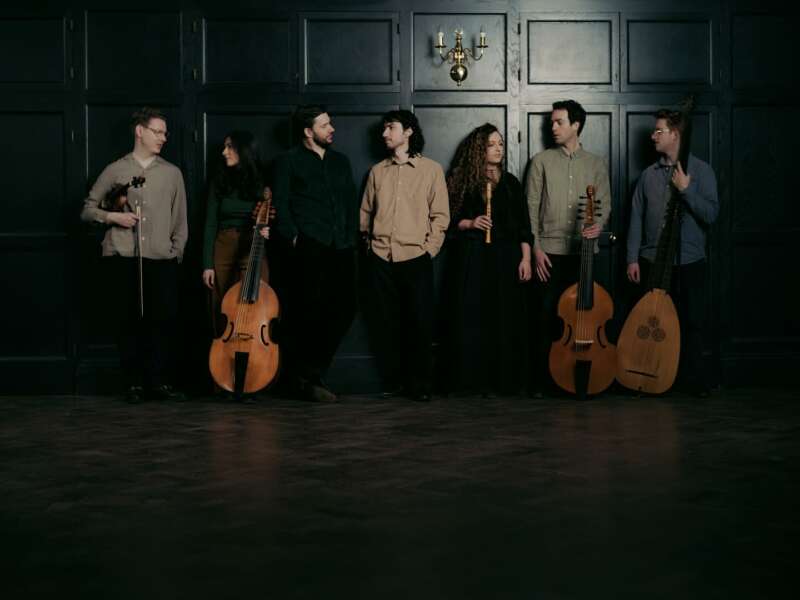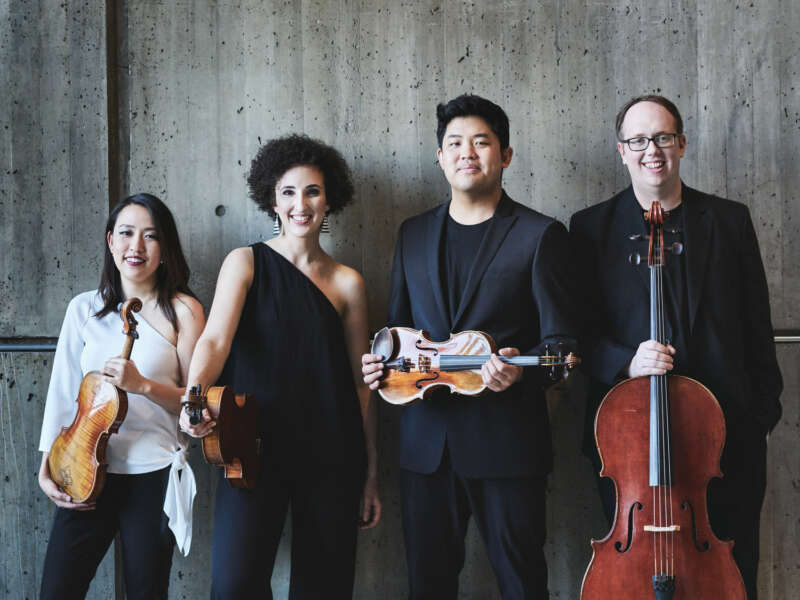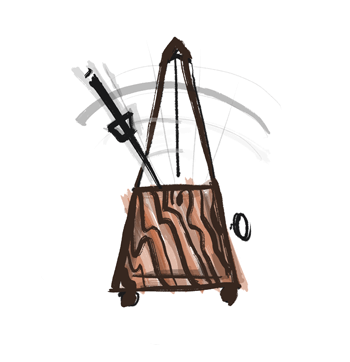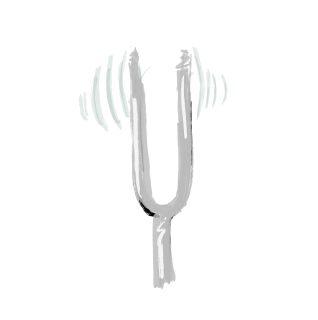Cellist Jan Vogler Discusses Premiering a New Work
On April 22, Vogler will perform a new work by Sean Shepherd with the Hamburg Philharmonic State Orchestra, conductor Kent Nagano, and a choir of young singers
Presented by Dorn Music, American conductor Kent Nagano, the Hamburg Philharmonic State Orchestra, cellist Jan Vogler, and a choir composed of young singers will come together for the first time internationally at New York's Carnegie Hall on Saturday, April 22, 2023, at 7:30.
For the orchestra’s first return to the US in over 50 years, and their Carnegie Hall debut, the program includes Brahms’ Schicksalslied for choir and orchestra, Beethoven’s Symphony No. 8, and the world premiere of An einem klaren Tag – On a Clear Day. The latter is a new work by American composer Sean Shepherd with texts from a cycle of poems by Ulla Hahn, for cello, choirs, and orchestra commissioned by the Hamburg Philharmonic State Orchestra and the Dresden Music Festival.
Audiences can purchase tickets to the event, here. For VC readers, use code HAM41119 for 25% off at online checkout.
We caught up with cellist Jan Vogler to learn more about performing a new work and what excites him about the upcoming concert.
Is there a special feeling you get when you perform at Carnegie Hall?
Yes. I think it is the same for all performers, old or young: the hall commands a certain energy and quality that brings out the very best of you. And a concert at Carnegie Hall is always a celebration of the beauty of a live concert — with both sides, audiences and performers, feeling elevated and inspired.
Can you tell us about Sean Shepherd’s An einem klaren Tag—On a Clear Day for choirs, solo cello, and orchestra with poetry by Ulla Hahn?
How have you collaborated with Shepherd, Nagano, and possibly the poet on the creation of the piece?
We started 2 years before the pandemic! So, this is one of the longest projects I have ever been involved in. I remember meeting Ulla Hahn in 2020 in Hamburg when I played Bach's solo suites at the Elbphilharmonie. At this point, we had already spoken on the phone for about a year and after the pandemic broke out, we moved back to the phone and Zoom was added.
What do you enjoy most about working on a new work? Why do you think it is important to perform works by living composers?
Because there has to be a continuation of music history! Think back to the 18th century, when kings and dukes were commissioning works. Later, publishers drove the music business and players started to come into the picture. Today, mostly orchestras, conductors, and soloists initiate premieres. I am well aware of this responsibility and so are Kent Nagano and the Hamburg Philharmonic.
How is it different to perform with a choir in addition to an orchestra?
There are some wonderful examples of works for cello and choir. But the combination with a symphony orchestra is rare and creates a bit of a multiverse — where colors and expressions can change on a large scale and where colors are almost unlimited.
Along with Shepherd's work, Brahms Schickslaslied and Beethoven’s Symphony N. 8 were programmed on the concert. What unifies these works, or why were they chosen to be performed together?
I think the program, mostly designed by Kent Nagano, is a great example of what people are looking for when going to a concert. There is a small souvenir from Hamburg, the city where the orchestra has its home base, composed by Brahms who was born in Hamburg. Beethoven's wonderful 8th Symphony will be heard in a very special interpretation.
After the first half, when the audience is familiar with the choir and orchestra, the cello is added to Sean's piece. To put a brand new piece front and center after intermission, where the symphony is usually played, is also a statement. After Brahms and Beethoven, we will all be very open to play and receive the new creation!
june 2025
july 2025



